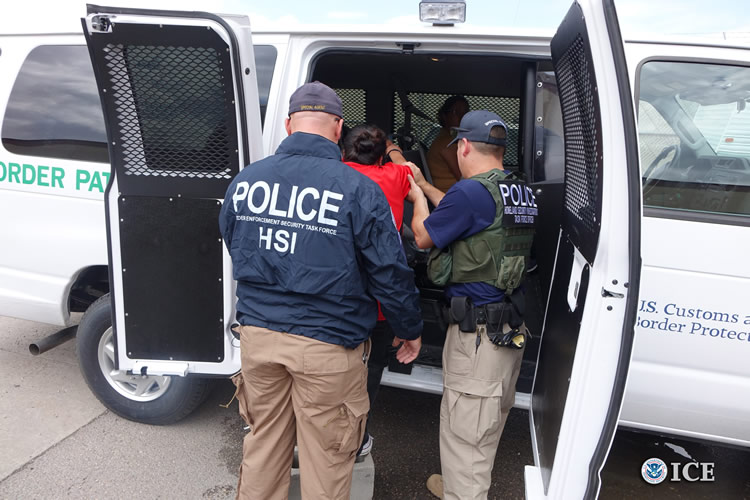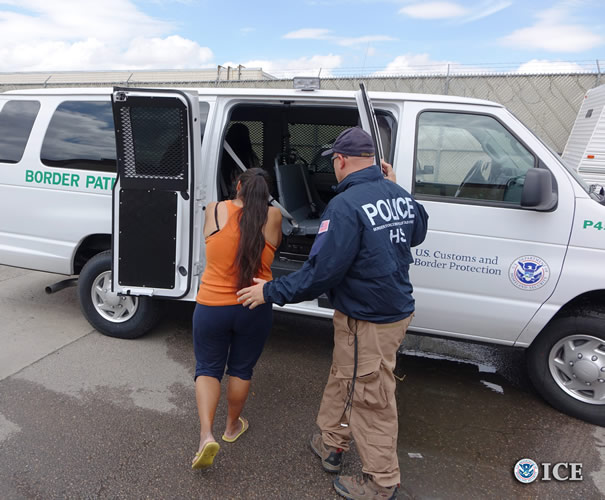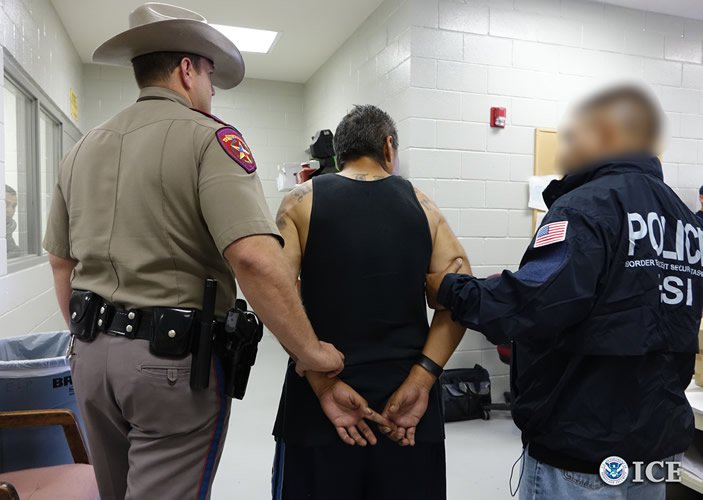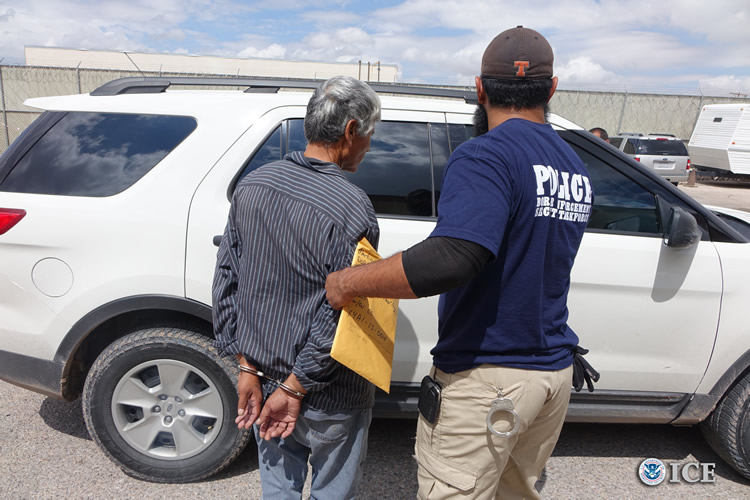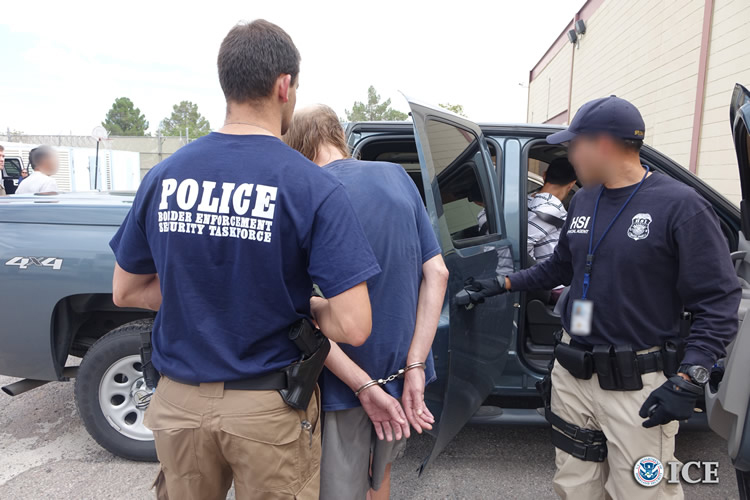14 El Paso-area Barrio Azteca gang members, associates face federal charges
EL PASO, Texas — Fourteen El Paso-area Barrio Azteca Gang members and associates, including heroin supplier Rigoberto Alvarado of El Paso, are in custody charged with conspiracy to violate the Racketeering Influenced Corrupt Organization RICO statute.
U.S Immigration and Customs Enforcement's ICE Homeland Security Investigations HSI special agents assigned to the Border Enforcement Security Task Force BEST participated in this multi-agency operation. Other law enforcement agencies that are jointly investigating this case include: the FBI; the Texas Department of Public Safety; the El Paso Police Department Gang Unit; and the Bureau of Alcohol, Tobacco, Firearms and Explosives ATF.
On Sept. 17, state and federal authorities arrested eight El Paso residents for their roles in the RICO conspiracy. Those arrested include: Raul Lopez, aka Garfield, 34; Manuel Minjares, aka Manny, 54; Eugene Lozano, aka Gino, Polvos, 43; Gabriel Aldana, aka Mookie, 43; Rito Alvarez, aka Ewok, 35; Jose Minjares, aka Paz, 55; Ramon Sanchez, aka Magic, 48; and Jose Angel Barrios, aka Chamuco, 43.
The following five individuals involved in the RICO conspiracy were already in state custody: Fernando Madrid, aka Muneco, 40; Richard Espino, aka Cricket, 34; Hector Bernal, aka Bouncer, 45; Eddie Mendoza, aka Raskal, 30; and Barbara Rodriguez, aka Barbie, 35. If convicted of the RICO conspiracy charge, the defendants face up to life in federal prison.
According to the RICO indictment, the Barrio Azteca street gang began in the 1980s as a violent prison gang and has expanded into a transnational criminal organization. It is primarily based in west Texas and Ciudad Juarez, Mexico, and throughout state and federal prisons in the United States and Mexico. In furtherance of the enterprise, Barrio Azteca members collect a street tax, also known as "cuota," "quota," "renta" or "taxes." Proceeds from the "cuota" are used to support members of the Barrio Azteca who are arrested to pay for attorneys, bail bonds, fines and any other costs associated with legal proceedings. Proceeds from the "cuota" are also used to purchase money orders, which are mailed through the U.S. Postal Service USPS to inmate accounts. Proceeds are also reinvested back into Barrio Azteca enterprise activities to purchase assets, commodities, and other items related to the day-to-day function of the gang, including firearms, ammunition and controlled substances.
The indictment alleges that since August 2010, the defendants conspired to commit racketeering acts in furtherance of criminal enterprise including murder, attempted murder, extortion, drug distribution and money laundering.
The indictment specifically alleges that on March 25, 2012, defendant Jose Angel Barrios murdered Raymundo Puga by injecting what is referred to by Barrio Aztecas gang members as a "hotshot," or lethal amount of heroin, which caused a heroin overdose. Other overt acts alleged in the indictment included mailing heroin to Georgia so that it could be delivered to incarcerated Barrio Azteca members; purchasing money orders with criminal proceeds and sending them to incarcerated Barrio Azteca members; selling heroin and cocaine, and making threats to individuals for not paying "cuotas," or theft of "cuotas."
In addition to the RICO conspiracy charge, the following are charged in the indictment: Barrios with violating the Violent Crime in Aid of Racketeering VICAR statute, or, for the murder of Puga; Alvarado and Aldana with conspiracy to import heroin; Alvarado, Aldana, Sanchez, and Rodriguez with conspiracy to distribute heroin; Rodriguez with conspiracy to distribute cocaine; and Madrid, Lopez, Lozano, Alvarado, Aldana, Espino, Alvarez, Sanchez and Mendoza with conspiracy to commit money laundering.
An indictment is merely a charge and should not be considered as evidence of guilt. The defendants are presumed innocent until proven guilty in a court of law.


